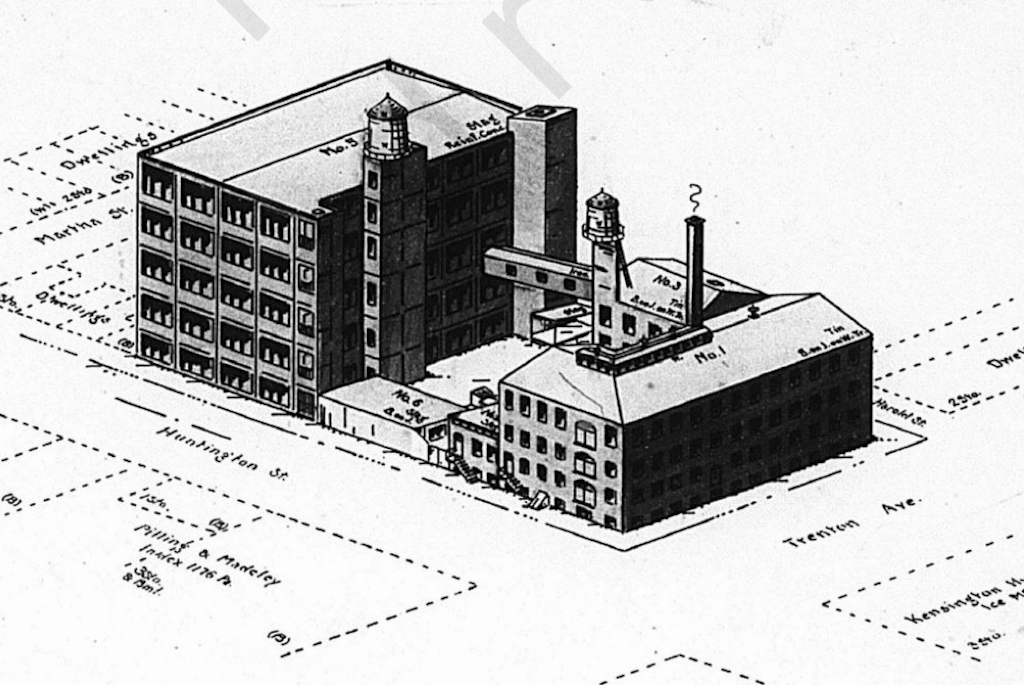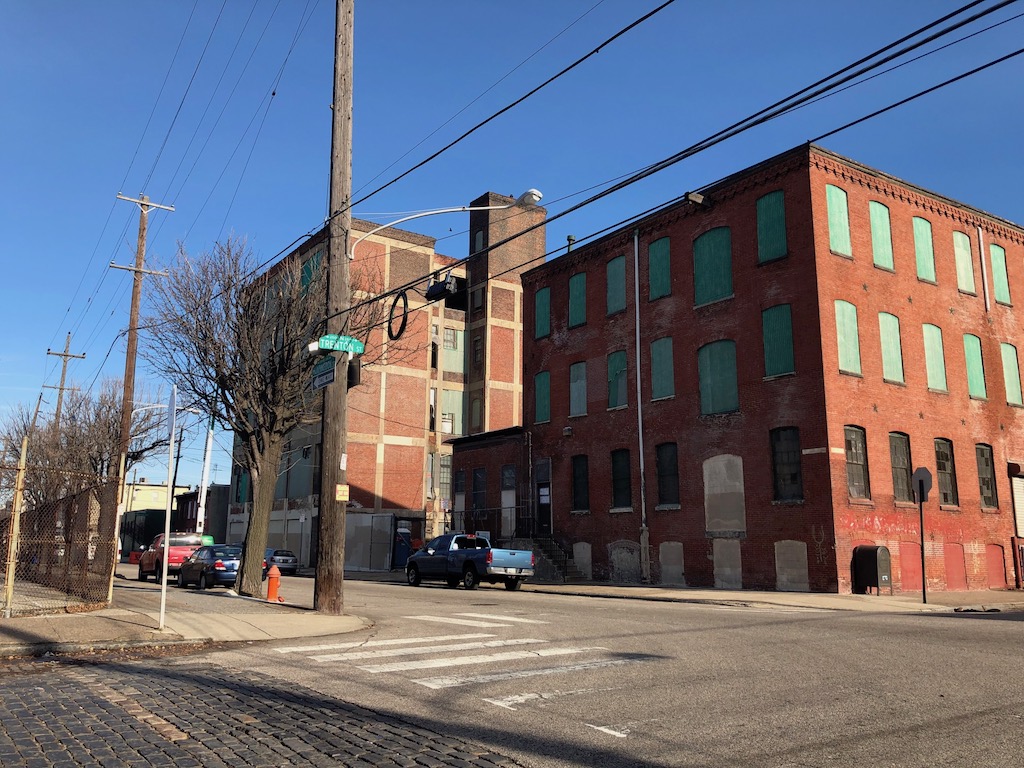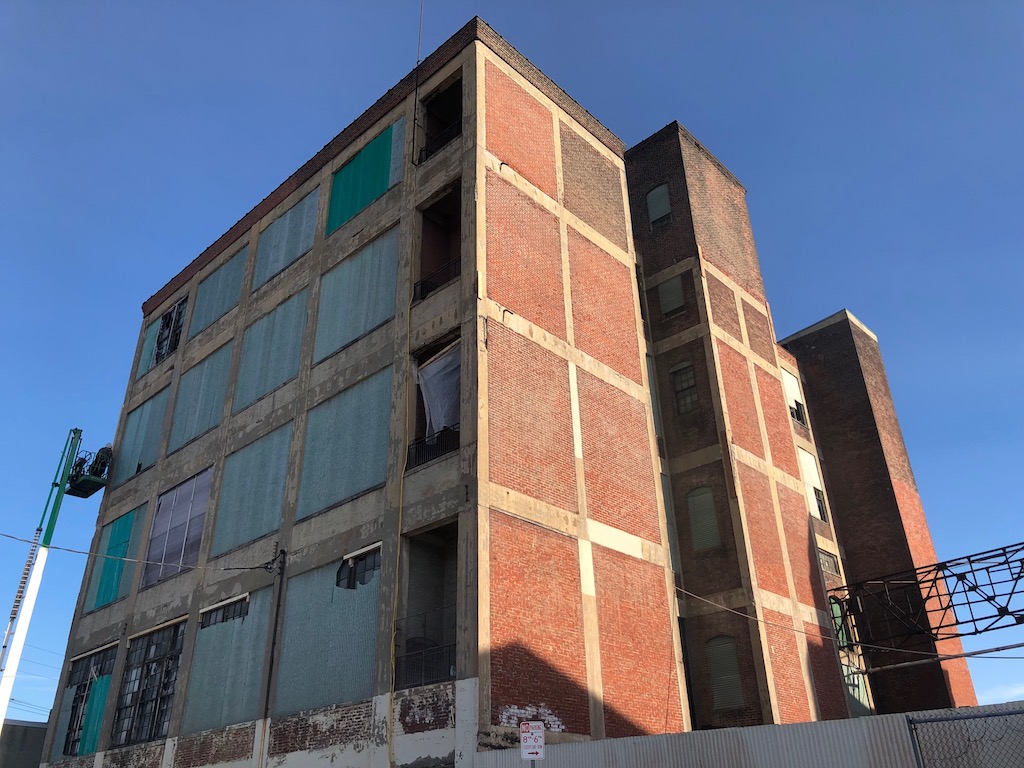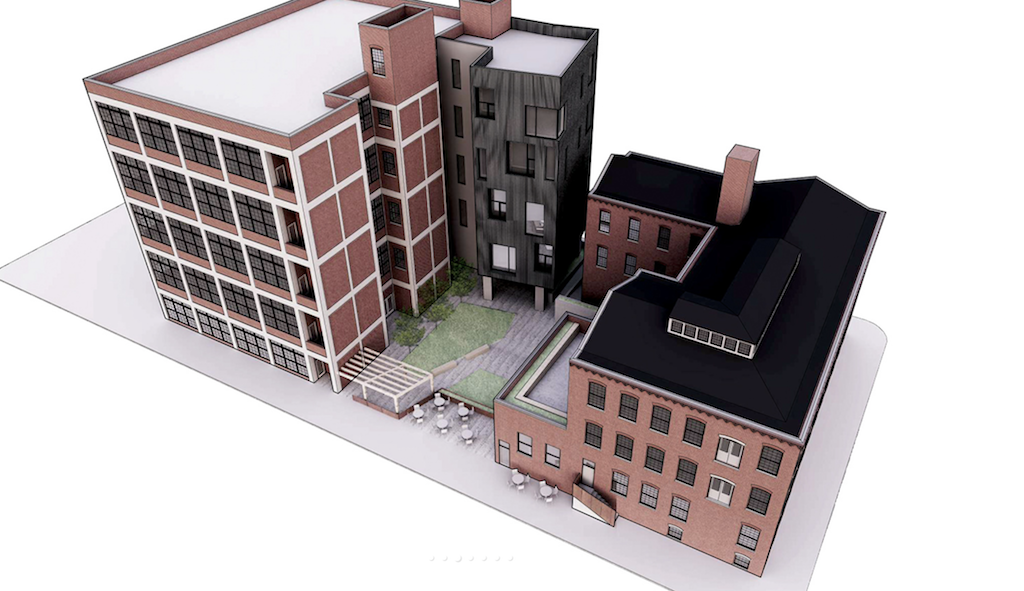As we’ve reminded you on numerous occasions, Kensington was once known as the Workshop of the World, producing all kinds of stuff, from hats to chairs, dyes to toxic chemicals. As a result, the neighborhoods in the River Wards are a mix of homes which housed the factory workers and the factories which employed said workers. As times have changed and industry has largely left Philadelphia for greener and lower taxed pastures, we’ve predictably seen dramatic changes in the neighborhoods in which industry was once so central.
As expected, those neighborhoods first fell on hard times as the jobs left. Old industrial buildings sat vacant and unused, and eventually the same fate befell many homes. Eventually, a number of old buildings fell down, burned down, or met the wrecking ball. Slowly, especially over the last decade or so, new life has crept into many of these neighborhoods, as Fishtown, South Kensington, and East Kensington have experienced a wave of development and gentrification, with a steady trickle now moving into Port Richmond and Harrowgate, to a lesser extent. As these neighborhoods have seen new investment, developers have taken a diverse approach to residential projects, including renovation, new construction, and demolition. The same is true for old industrial buildings, though the reuse or demolition of an old factory is much more obvious and notable than that of a random home.
And this brings us to 2139 E. Huntingdon St., a pair of buildings that were originally home to the Franklin Carpet Mill. As the property’s nomination for the National Historic Register tells us, the three story building at the corner was constructed in 1879, and its taller neighbor was constructed in 1909. The carpet mill only used the second building for about two decades, closing down in 1932 and turning the property over to a company that made leather jackets, through the 1950s. In the following decades, the building was used for the manufacturing of textile fibers, though it has not been actively used in any way for a number of years. Developers purchased the property in 2016.




You can probably see in the photos above, there’s now active work taking place at the property. That work will entail the conversion of the smaller building into a small office building and the large building into 36 apartments. As we said, this property was nominated to the National Historic Register and while developers renovating properties on the register are eligible for tax credits, placement on the National Register doesn’t protect buildings from demolition. As far as we can tell, these buildings are not on the local historic register, which would offer such protections. So it’s with some pleasure that we’re seeing the developers move to renovate the existing buildings, even though they could tear them down if they were so inclined. The renovation of the buildings will not only provide some nice density just a couple blocks from Frankford Avenue, but it will also provide a strong link to the industrial past of the neighborhood. And we are looking forward to seeing the finished product.
Update: Here’s the project website, thanks to a commenter. And here’s an aerial rendering, cribbed from said website. Looks sweet.

